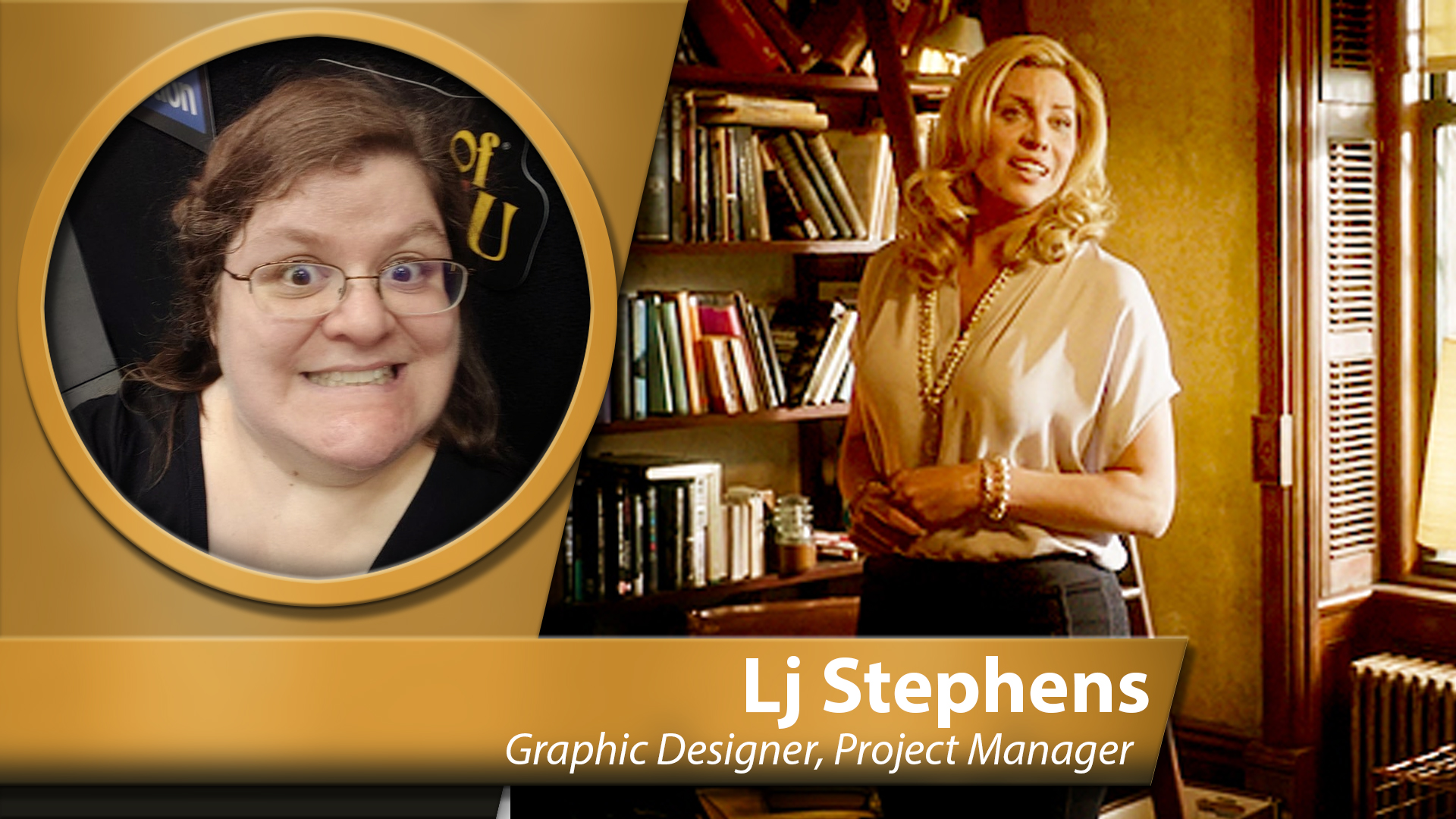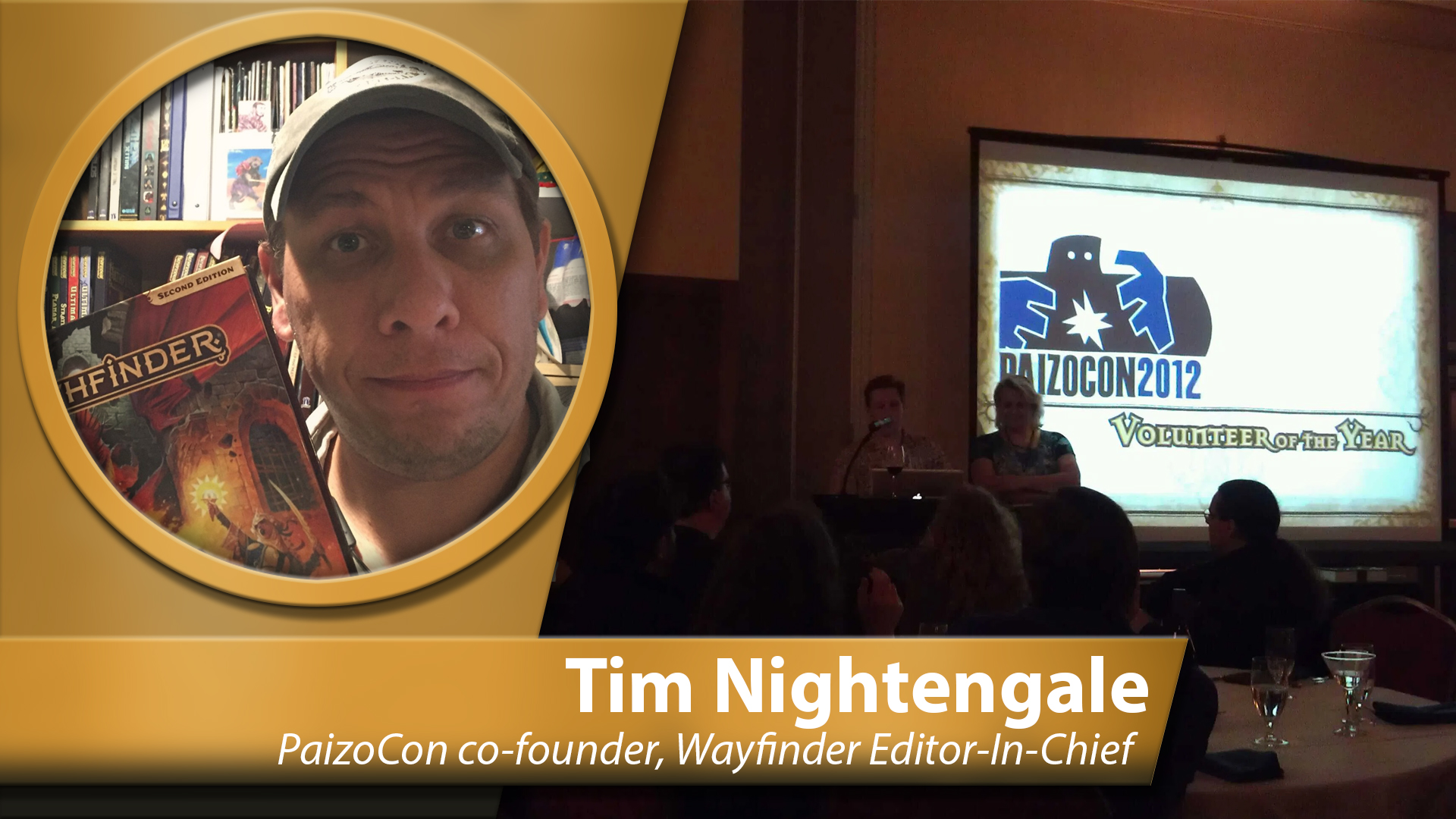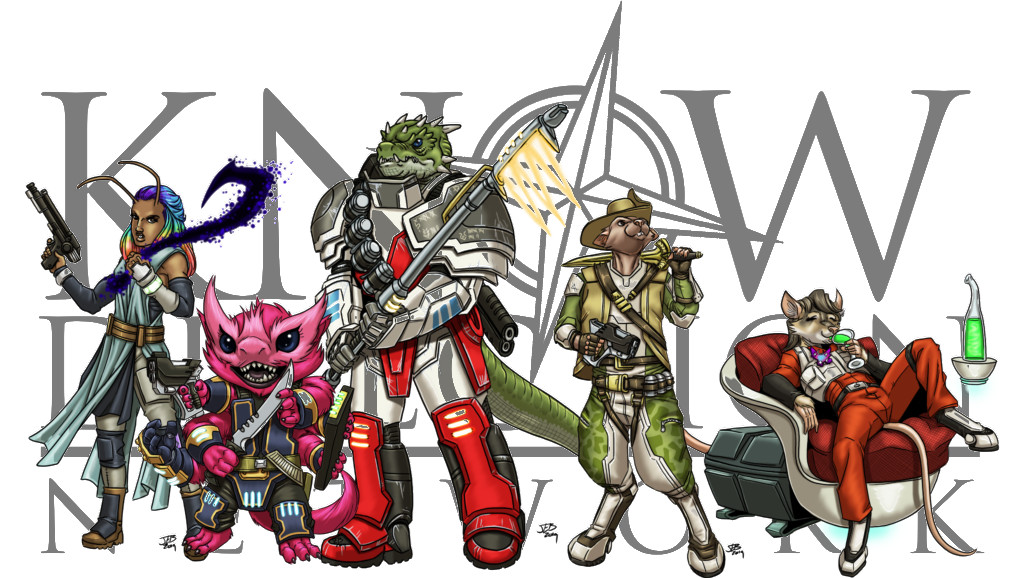By Lj Stephens, Graphic Designer, Project Manager, Person of Size
Stop me if you’ve heard this one … “A fat chick walks into a bar …”
Already, in those seven words, an expectation has been set. There is going to be a joke, and a female person of size will be the butt of it. Why? Because she is different from everyone else in the bar. She’s fat. Everyone else in the bar is “normal.”
What is “normal?” In the above example it’s people who are not obese. And in that context, healthy, fit, they take care of themselves. Thus implying that the woman who just walked in is a walking, eating, mess of a person who could become “normal” like the rest of the pretty people in the bar, if she would just lay off the Snickers.
In other contexts, it can mean cis, white, neurotypical, binary … all things that are not “other,” which is why the connotation of the word “normal” needs to change.
Now, as an aside, I will say that I do not like using this word to refer to a general group. Indeed, the common language of inclusiveness is to use typical or atypical, usual or expected, or traditional or modern – words that don’t judge, they just describe. Whereas to use the term “normal” suggests that everything else is “abnormal.” That said …
Normalizing
Normalizing means treating something, someone, a topic, an atypical feature, as if it were nothing new. Why is this important? Because if it’s “normal” or “typical” then there is nothing wrong. It just is, and therefore, there is nothing to be afraid of, nothing to get upset about, nothing to hate.
What does normalization look like? It looks like adding marginalized people into fiction, ads, and games in roles that are not built around them being marginalized. The show Elementary included a housecleaner who was transgender (played by a transgender actress), never mentioned that she was transgender. She just was. Because calling it out would make it atypical. But letting it be, and not bringing attention to it, made it “normal,” and thus meant that it wasn’t unusual in any way. Paizo has introduced LGBTQ NPCs without neon signs to point them out. They were simply included. Green Ronin has created an entire game setting, Blue Rose, that seeks to be inclusive on a number of issues of sexuality and gender identity.
Sometimes these efforts for inclusion are specific notes on what is and isn’t appropriate for a game. The 5th Edition Dungeons & Dragons Player’s Handbook includes the following text: “You don’t need to be confined to binary notions of sex and gender. You can play as a male or female character without gaining any special benefits or hindrances. Think about how your character does or does not conform to the broader culture’s expectations of sex, gender and sexual behavior. …”
Presenting characters in ads and shows who are people of color as typical consumers. Mixed families and couples of diverse heritage as having the same issues and concerns without focusing on race battles. These things help to normalize. You repeat it often enough, say it loud enough, it seeps in, it becomes real. It takes over and replaces what people think of as the norm.
Tokenism
But isn’t this just tokenism? Well, it can be. Well-meaning people might try to diversify by sticking in a person of color, or a gay person, or a person with a disability, and deciding that’s enough. But then that character has to carry everything a story has to say about that minority group.
For every show that under-represents marginalized characters compared to their actual percentage of the population, there ought to be a show that includes a higher percentage of us. Until, over all media, marginalized persons are over-represented, it’s not reasonable to complain that, for example, a show with four female main characters, by itself, under-represents men.
Why is normalization so important? While I can tell you why it’s important to me as a queer woman of size, it’s disingenuous to claim I can speak for every marginalized group. Inclusion has to include reaching out to those groups and letting them speak for themselves. The point is not to claim that any one article can speak for every marginalized group, but to create a platform to boost at least some of the marginalized voices.
“I would say that for people like the transgender community, normalization isn’t just important, but a rebellious act. For so much of modern history, we were explicitly forced to hide as part of receiving treatment, which of course meant young trans people would have to navigate the world not knowing there was a word or a community for who they are. Normalizing transgender people means not only conditioning the general public to not view us as freaks, it tells us we aren’t broken like the world pretends we are. It tells us that there are other people like us, and ways to live our lives that don’t feel hollow.” – Crystal Frasier, Game Designer, Illustrator, Trans Woman
“While normalization can be fantastic, and I wish I could just be happy with things becoming normalized, it’s important to recognize that normalization can be a double-edged sword. Normalization can help make things feel, well, normal for so many people, but it cannot be the sole solution to help those who feel excluded. If someone is feeling left out or othered, normalization can be a great help, but it doesn’t address the root of those feelings and might even cause us to ignore inherent or underlying issues. Normalization can help correct issues eventually, but it would be much more effective to push for active inclusion and explain why. You can’t just normalize something and expect the problem to go away. Instead, it’s more helpful to try to normalize the things we wish to see normalized while at the same time fighting against institutionalized systems and other inherent problems. Rather than trying to point a ship in a certain direction and hope we remain on course, it’s much better if we tell others where we want to be because then they can help steer the ship when it starts to veer and stop others when they would try to take us off course.
“Do I want more normalization of more diverse people, customs, and viewpoints? Of course! But we must also make sure we remember to work to remove the causes that have required us to fight for normalization in the first place.” – Luis Loza, Game Designer, Game Developer, Person of Color
I agree with them both. Clearly normalization is not the end-all-be-all of how to conquer hate, bias, and marginalization. It’s a good start, I really good start, of a much-needed conversation. One piece of a whole answer. Equality, acceptance, the eradication of rape culture and toxic masculinity, hell, climate change, are all interconnected in this world. Our job is to change the language, direct the future, and create an environment that feels diverse, and supportive, and safe, no matter who you are.
Thank you for listening.
About Lj Stephens
Lj Stephens (also known as “Hobbit Sauron”) is the senior layout artist, art director, graphic designer, and Unquestioned Tyrant and Cook of Rogue Genius Games. Her first professional RPG work was a series of illustrations of gods for the Diomin campaign setting in 2000, and she has done work for OtherWorld Creations, Super Genius Games, Rogue Genius Games, Legendary Games, and Rite Publishing. She has a growing hoard of minions, who help carry her will (and desserts) to the far corners of the globe.







Inclusion and normalization! <3 Thank you!